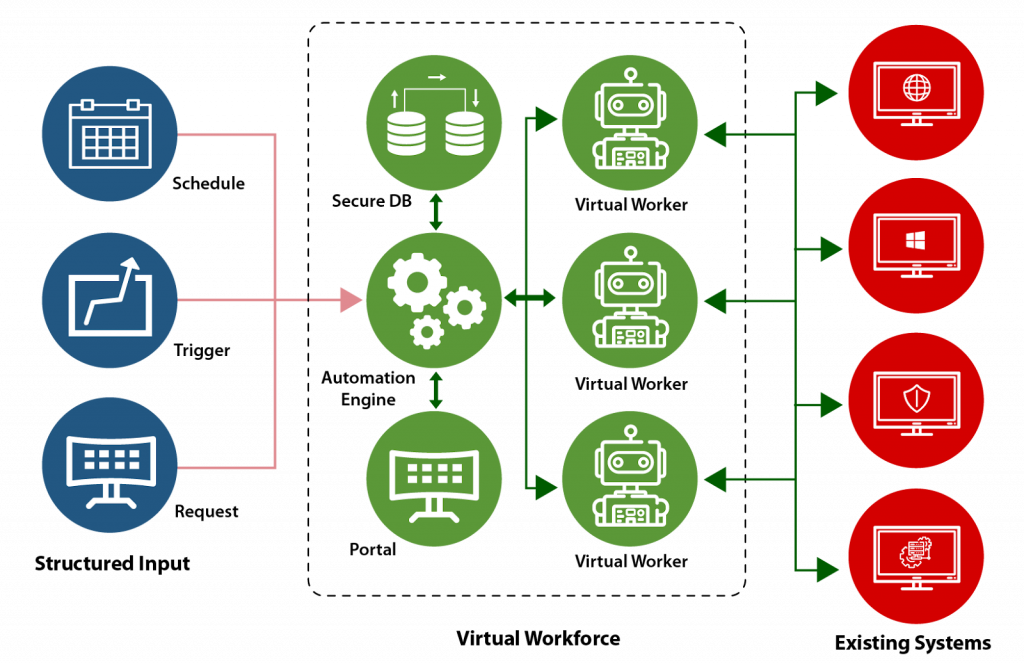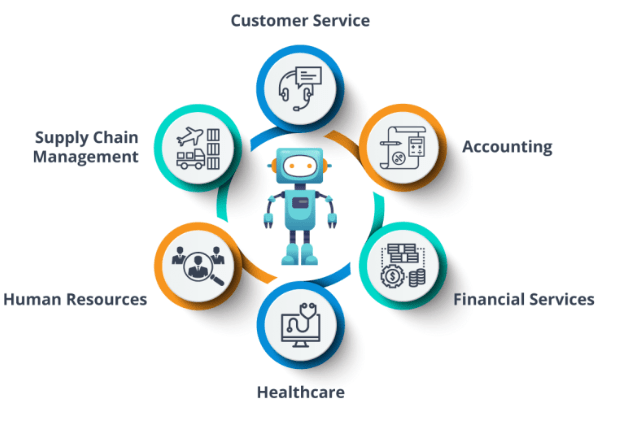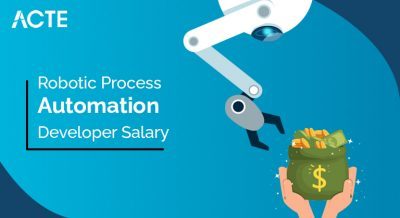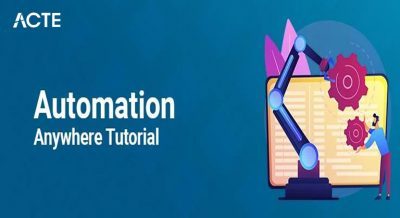
- Understanding the Role of an RPA Developer
- Key Skills and Prerequisites
- Learning Programming Basics (Python, VBScript)
- Building Your First Automation
- Certifications and Courses
- Hands-on Practice with Projects
- Applying for RPA Internships and Jobs
- Preparing for RPA Interviews
- Career Growth and Future Trends
- Conclusion
Understanding the Role of an RPA Developer
Robotic Process Automation (RPA) is revolutionizing industries by automating repetitive tasks. An RPA Developer is responsible for creating software robots that emulate human actions within digital systems. SoftwareTesting Training role includes designing automation scripts, building and deploying bots, maintaining workflows, and ensuring processes are optimized for performance and efficiency. RPA Developers must collaborate with business analysts and process owners to understand workflows and translate them into automation solutions that improve business operations.
Key Skills and Prerequisites
To become a successful RPA Developer, a blend of technical and analytical skills is essential. Key skills include proficiency in RPA tools (such as UiPath, Blue Prism, Automation Anywhere), basic programming knowledge (Python, VBScript, .NET), understanding of databases and APIs, and strong problem-solving abilities. Soft skills like communication, critical thinking, and collaboration are equally vital, as Robotic Process Automation Developer frequently work in cross-functional teams. A Why Choose Selenium grasp of business processes and an aptitude for logical thinking are also crucial. Selecting the appropriate RPA tool is critical for success in automation scripts. Intelligent Automation is popular for its user-friendly interface and community support, making it ideal for beginners. Blue Prism is favored in industries requiring high-level governance and security. Automation Anywhere (AA) is known for its cloud-native capabilities and AI integrations. Each tool offers specific advantages, and choosing the right one depends on your career goals, the industries you wish to work in, and the complexity of the automation projects you aim to handle.
Start your journey in automation testing with this Automation Testing Online Course.
Learning Programming Basics (Python, VBScript)
While RPA platforms are designed to be low-code or no-code, understanding programming fundamentals can significantly enhance an RPA Developer’s effectiveness. Learning Python can help automate complex tasks, manage data, and integrate bots with AI and machine learning models. VBScript knowledge is beneficial when dealing with legacy systems or specific RPA tools. Mastery of loops, conditional statements, variables, and functions forms the foundation for creating more sophisticated and resilient First Automation scripts.Familiarity with APIs and JSON/XML formats can Selenium Select Class expand integration capabilities. SQL knowledge is also valuable for interacting with databases during automation workflows. Understanding basic debugging techniques will help you resolve issues faster. Programming skills not only improve efficiency but also future-proof your career in automation. Start small, use coding to enhance your bots, not replace the visual workflows entirely. Combining logic with business understanding makes your automations both powerful and practical.

Building Your First Automation
- Creating your first automation project is an exciting and critical step. Start with simple processes like automating a login to a website, extracting data from spreadsheets, or sending automated emails.
- Focus on understanding the end-to-end workflow: identifying the input, processing logic, and output. Tools like UiPath offer community editions with access to machine learning resources and development environments, making it easier for beginners to experiment and build confidence.
- An in-depth understanding of business processes is Blue Prism Certification for designing meaningful automation scripts. Robotic Process Automation Developer is not just about coding; it’s about improving business efficiency. Familiarize yourself with how different departments like HR, finance, customer support, and supply chain operations function. Learn to map out processes visually using flowcharts or BPMN diagrams.
- This helps identify automation opportunities and create solutions that genuinely add value.Start small, but think big scalability should always be in mind. Keep documentation of your automation for future troubleshooting and updates.
- Collaborate with business analysts to refine use cases and priorities. Regularly test and optimize bots to ensure long-term reliability and performance.
- Theoretical knowledge must be reinforced with hands-on practice. Build real-world projects such as invoice processing bots, data scraping bots, automated report generation, or customer service chatbots.
- Focus on error handling, exception management, Intelligent Automation and creating reusable components. Practicing with varied projects will expose you to everyday challenges and sharpen your troubleshooting skills.
- Version control tools like Git can help manage and track project changes efficiently. A well-structured portfolio can set you apart from Page Object Model in Selenium candidates. Document your projects with detailed descriptions, screenshots, and demo videos.
- Include personal and freelance projects, highlighting your role, challenges, and solutions implemented. Hosting projects on platforms like GitHub or creating a personal website can further enhance your professional visibility.
- A strong portfolio demonstrates your skills and passion to potential employers.Stay updated with industry trends and RPA platform updates.Join Intelligent Automation communities and forums to network and seek feedback.
- Contribute to open-source automation projects to gain collaborative experience.Learn to write clean, modular code that others can understand and maintain.
- Focus on building solutions that are scalable and easy to deploy across environments. Practice presenting your projects as if you’re pitching them to a business leader.
Learn Automation testing from industry professionals — enroll in this Automation Testing Online Course today.
Certifications and Courses
Certifications validate your skills and can significantly boost your employability. Leading RPA platforms offer official certifications, such as UiPath Certified RPA Associate, Blue Prism Developer Certification, and Automation Anywhere Certified Advanced RPA Professional. Numerous free and paid online courses cover topics ranging from beginner to advanced levels. Platforms like Coursera, Udemy, and LinkedIn Learning provide structured learning paths, including hands-on labs and projects to strengthen your practical knowledge.Earning certifications shows commitment and distinguishes you from other candidates.Practice with official exam simulators or mock tests to build confidence before attempting the SoftwareTesting Training. Join machine learning academies provided by the platforms themselves for up-to-date training. Look for bundle courses that offer multiple certifications and project work at a discounted rate. Add your certifications to your LinkedIn profile and resume for maximum visibility.
Hands-on Practice with Projects
Step into a successful career in automation testing with ACTE’s Automation Testing Master Program Training Course — enroll now!
Applying for RPA Internships and Jobs
Once you have a portfolio and certifications, apply for internships and entry-level jobs. Target companies that are actively adopting RPA technologies. Customize your resume to highlight Robotic Process Automation Developer -related skills, certifications, and projects. Leverage job platforms like LinkedIn, Indeed, and Glassdoor, and participate in Overview of Patch Workflows forums and RPA communities. Networking with professionals and attending webinars or conferences can open up new opportunities.Follow up professionally after interviews to express enthusiasm and gratitude. Showcase your ability to learn quickly and adapt to different tools or business needs. Be open to freelance gigs or contract roles—they often lead to full-time offers. Maintain a growth mindset and keep machine learning new automation tools and best practices. Persistence, consistency, and continuous improvement are key to landing your first RPA role.

Career Growth and Future Trends
The RPA field offers significant career growth opportunities. With experience, you can advance to roles such as RPA Solution Architect, RPA Business Analyst, or RPA Project Manager. Integrating RPA with AI and machine learning opens doors to Intelligent Automation roles. Future trends indicate a move towards hyper Automation Anywhere, where multiple technologies converge to automate end-to-end business processes. Staying updated with emerging technologies like Process Mining, AI, and low-code RPA platform will ensure long-term career success.
Facing an upcoming automation testing interview? Don’t miss our blog on Automation Testing Interview Questions and Answers.
Preparing for RPA Interviews
Interview preparation is key to landing your first role. Be ready to explain your projects, the RPA tools you used, and the challenges you overcame. Understand the basics of RPA architecture, including orchestrators, bots, and Ansible vs Chef. Expect technical questions about data manipulation, error handling, and process optimization. You might also face scenario-based questions that assess your problem-solving approach. Practicing mock interviews can build confidence and improve your communication skills.
Conclusion
Conclusion Becoming a Robotic Process Automation Developer is a rewarding journey that combines technology and business knowledge. SoftwareTesting Training demands a strong foundation in RPA tools, basic programming, an understanding of business processes, and continuous hands-on practice. Certifications, a solid portfolio, and interview preparation are crucial for securing internships and jobs. As RPA continues to evolve, embracing new trends and upskilling consistently will pave the way for a thriving career in this dynamic field.





